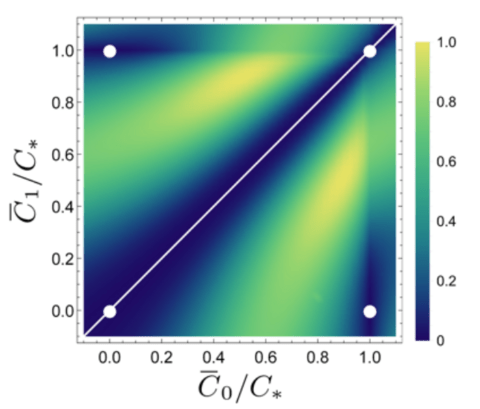IQC Colloquium
Duality Quantum Computing: Computing with Linear Combinations of Unitaries
Gui-Lu Long, APS and IoP Fellow
Usually, a quantum algorithm uses products of unitaries to complete a task. Lack of technique and intuition in algorithm design has hindered the development of quantum algorithm.
